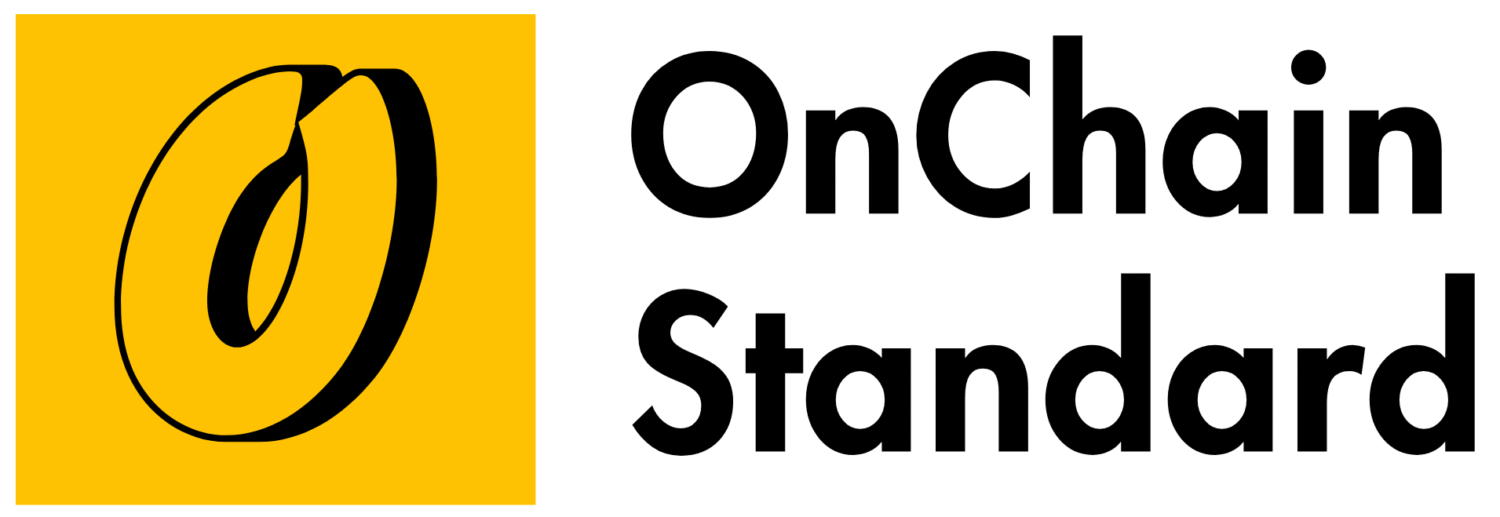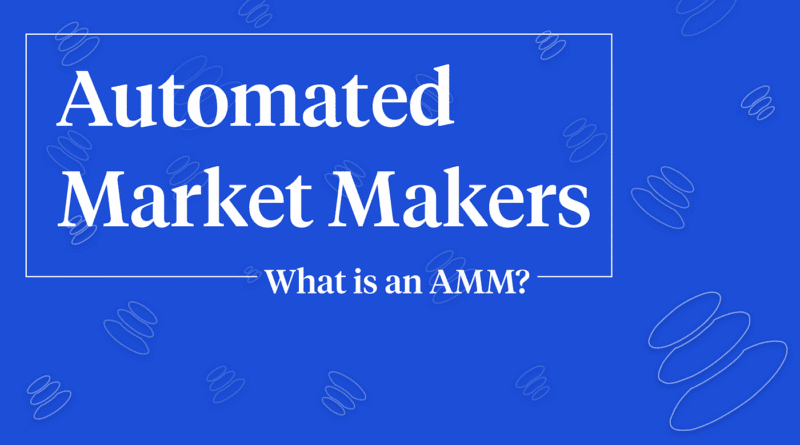What Is an AMM (Automated Market Maker)? A Simple Guide for Beginners
An Automated Market Maker (AMM) lets you trade crypto without middlemen using smart blockchain code. Learn how AMMs work, their benefits, and how to use them safely in 2025.
Introduction
An Automated Market Maker, or AMM, is a smart system that makes trading digital money, like cryptocurrency, easy and automatic. Instead of needing a middleman, like a bank or stock exchange, AMMs let people swap coins directly on a blockchain using simple math rules. In 2025, AMMs are a huge part of digital finance apps, helping millions trade, lend, or earn rewards. This guide explains what AMMs are, how they work, and why they’re exciting, all in easy-to-understand terms.
What Is an AMM?
An AMM is a tool on a blockchain that lets you trade one cryptocurrency for another without a person or company in the middle. Think of it like a vending machine for crypto: you put in one coin, and it gives you another based on a set price. AMMs are used in apps called decentralized exchanges (DEXs), like Uniswap or PancakeSwap, which run on blockchains like Ethereum or Solana.
Instead of matching buyers and sellers like a traditional market, AMMs use “pools” of crypto, where people add their coins to create a shared pot for trading. These pools set prices automatically using math, making trading fast and open to everyone.
In 2025, AMMs power billions of dollars in trades daily, making them a key part of digital money apps.
How AMMs Work
AMMs use a few simple ideas to make trading smooth:
- Liquidity Pools: People put pairs of coins, like Ethereum and USDT, into a shared pool. For example, a pool might hold $100,000 of each coin.
- Math Rules: A formula, usually “x * y = k,” sets the price. If you add one coin to the pool, you get the other coin out, and the price adjusts to keep the pool balanced.
- No Middleman: You trade directly with the pool using a digital wallet, like MetaMask, without needing a bank or broker.
- Fees for Helpers: People who add coins to the pool (called liquidity providers) earn small fees, like 0.3% per trade, as a reward.
For example, if you swap $100 of USDT for Ethereum on Uniswap, the AMM takes your USDT, adds it to the pool, gives you Ethereum, and adjusts the price automatically. The whole process takes seconds and costs less than $1 on fast networks like Base.
Why AMMs Are Special
AMMs are different from traditional trading because:
- Always Open: You can trade 24/7, anywhere in the world, as long as you have internet.
- No Boss: AMMs run on blockchain code, so no company controls them, making them fair and open.
- Low Costs: Trading fees are often under $0.50 on networks like Solana, compared to $5–$20 on stock exchanges.
- Anyone Can Join: You don’t need a bank account or approval—just a wallet and some crypto.
- Earn Rewards: By adding coins to a pool, you can earn fees, like getting paid to help run the vending machine.
Popular AMM Platforms in 2025
Some top AMM-based apps include:
- Uniswap: Runs on Ethereum and Layer-2s like Base, with billions in daily trades.
- PancakeSwap: Popular on Binance Smart Chain, great for low-cost trading.
- SushiSwap: Offers extra rewards like staking for users who add coins.
- Aerodrome: A fast AMM on Base, perfect for digital finance and games.
- Raydium: A Solana-based AMM for quick trades and digital art swaps.
These platforms handle over $100 billion in trading value in 2025, showing how big AMMs are.
How to Use an AMM
Getting started with an AMM is easy:
- Set Up a Wallet: Download a wallet like MetaMask or Phantom to hold your crypto.
- Add Crypto: Buy coins like Ethereum or USDT on an exchange like Mudrex or Coinbase.
- Connect to a DEX: Visit a site like Uniswap, connect your wallet, and choose coins to swap.
- Trade or Add Coins: Swap coins or add them to a pool to earn fees. For example, put $50 of Ethereum and $50 of USDT into a pool to start earning.
- Stay Safe: Use two-factor authentication and never share your wallet’s secret code.
Why People Love AMMs
- Easy to Use: Swap coins in seconds with a few clicks, no complicated forms.
- Global Access: Trade from anywhere, even without a bank account.
- Earn Money: Adding coins to pools can earn you steady fees, like a side hustle.
- Fair System: Prices are set by math, not by someone who might cheat.
Challenges to Watch Out For
AMMs have risks to know about:
- Price Slips: Big trades can change pool prices, giving you less than expected (called slippage).
- Temporary Losses: If pool prices shift, you might lose some value temporarily (called impermanent loss).
- Scams: Fake AMM apps or pools can steal your money. Only use trusted platforms like Uniswap.
- Fees Add Up: On busy networks like Ethereum, fees can hit $10 if not using a Layer-2 like Base.
- Taxes: In India, AMM profits face a 30% tax, and trades over ₹10,000 have a 1% tax. Keep records for taxes.
The Future of AMMs in 2025
AMMs are growing bigger in 2025:
- More Apps: AMMs are used in games, digital art, and even real-world asset trading.
- Faster and Cheaper: Layer-2s like Arbitrum and Sonic make AMM trades nearly free and instant.
- Smarter Systems: New AMMs use better math to reduce losses and offer higher rewards.
Conclusion
An Automated Market Maker (AMM) is a smart, automatic way to trade digital money on a blockchain, like a vending machine for crypto. It uses shared pools and math to make trading fast, cheap, and open to everyone. In 2025, AMMs power apps like Uniswap and Aerodrome, letting people swap coins, earn fees, and join digital finance. While there are risks like scams or price shifts, using trusted platforms and starting small keeps you safe. AMMs are an exciting way to explore crypto and its future.




